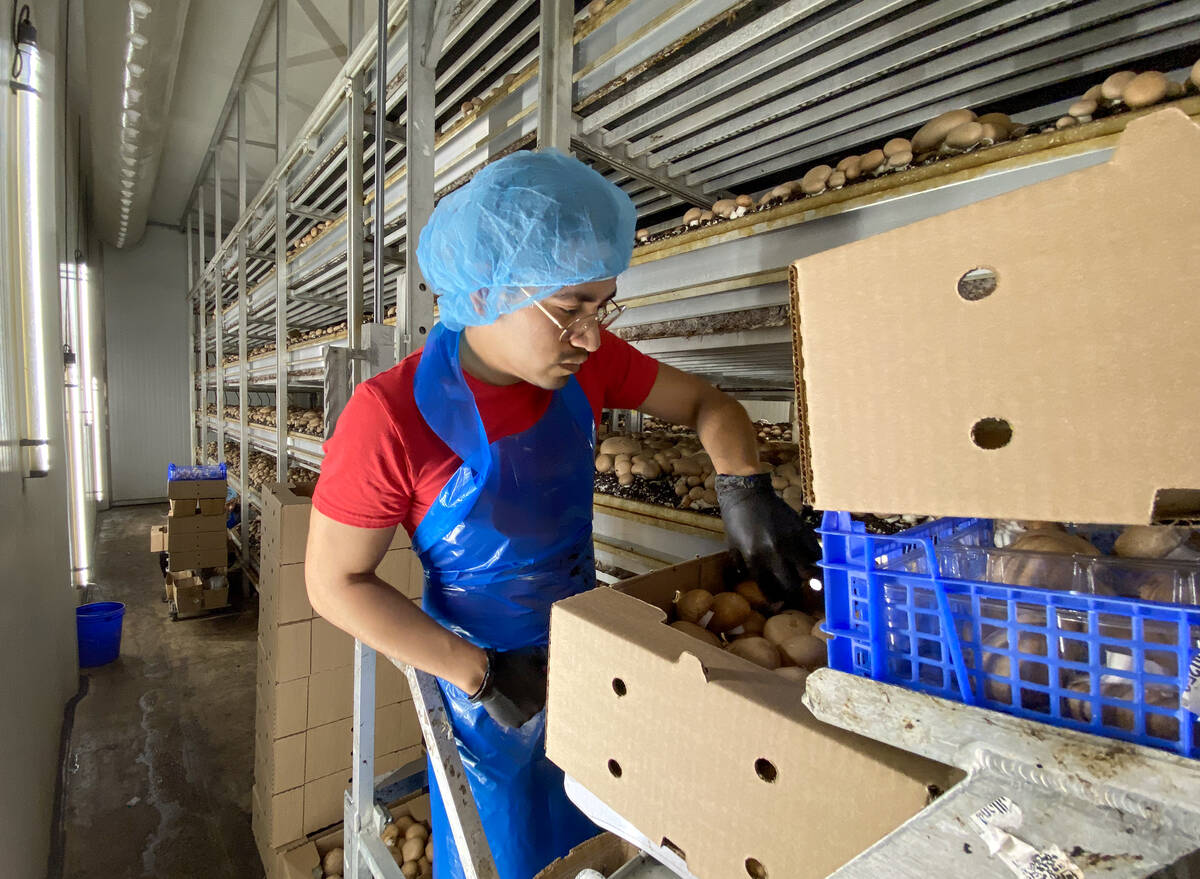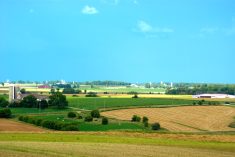Dear editor,
I’m afraid the family farm is dying despite Professor Mike’s enthusiastic optimism in the Sept. 9 Farmtario edition. Let’s use the same chart he used to prove my point.
By looking at the columns and changing the graph to percentages, farms making over $2 million dollar are up 1,100 per cent.
And if we can agree and explain to the young professor that farms making $50,000 or less are not really family farms, they are hobby farms or subsistence farms that do not support a family therefore the first third of the chart is useless to this conversation.
Read Also

Ontario’s other economic engine: agriculture and food
Ontario Federation of Agriculture president, Drew Spoelstra, says Ontario’s agriculture and agri-food sector should be recognized for its stability and economic driving force.
I would suggest that farms making $100,000 to $500,000 dollars should be considered “family farms” in that you can raise a family and send them to college of some sort on these incomes.
What the good professor describes “as small farms decrease, the number of large farms grows but at a slower rate”, is bigger farms buying up smaller farms, like some donkey head farmers in supply managed environments buying any and all small farm opportunities as a way to defer taxes and to be pretend business men.
Yes farmers incorporate in order to gain advantage in Canada’s convoluted tax system and yes many family farms incorporate for this reason, however some families become corporations.
Another factor is that large corporations like to call themselves farms in order to gain public acceptance and sympathy. Corporations like Maple Lodge Farms, Cold Springs Farms and my favourite “Village Farms International” which gives it a small town feel.
There are two interesting news articles on the web that the young professor should google, Rise of mega farms: how the U.S. model of intensive farming is invading the world, or How mega family farms are gobbling up American agriculture. There are dozens of these type of articles.
The truth of the matter is that corporations are slowly taking over all profitable farming and industrializing it so that they can control the price and squeeze common Joe farmer out. Common Joe farmer can keep up or sell out. His example of a 40,000 acre organic farm proves this.
So my analysis from the professor’s 10-year-old chart is that small farms or supplemental income farms are down by 85,000 families. Real authentic family farms are down by 50,000 and large half million and two million and over corporate “family farms” are up about 800 per cent or 25,000 farms.
John Vanderzanden
South Cayuga











